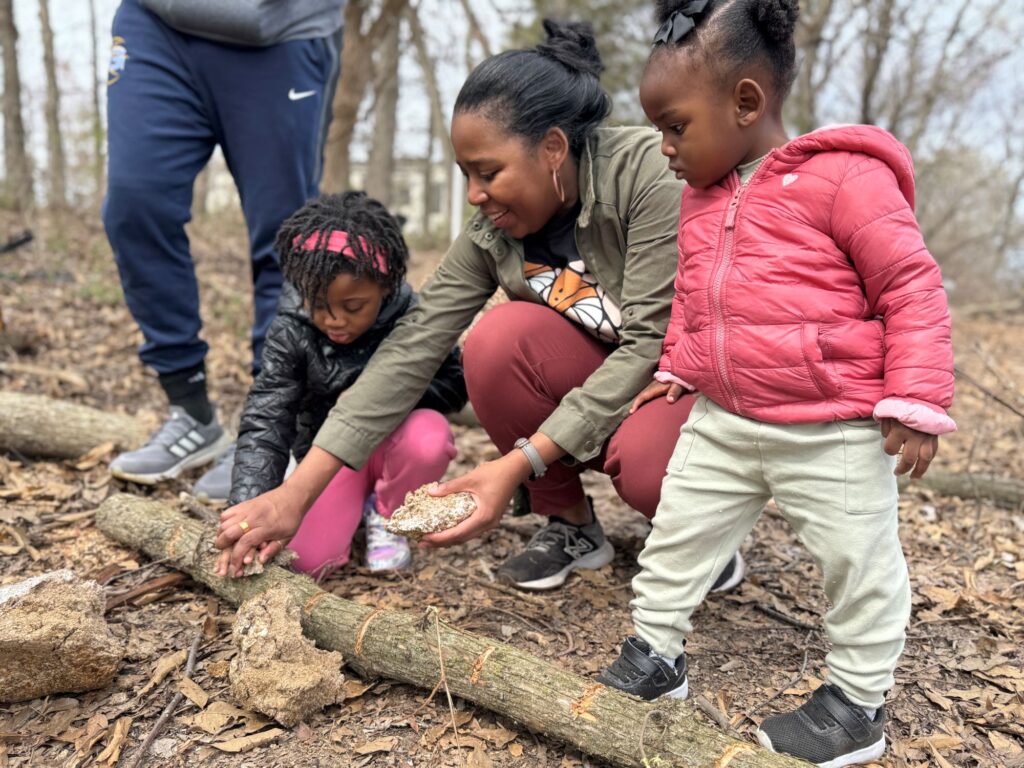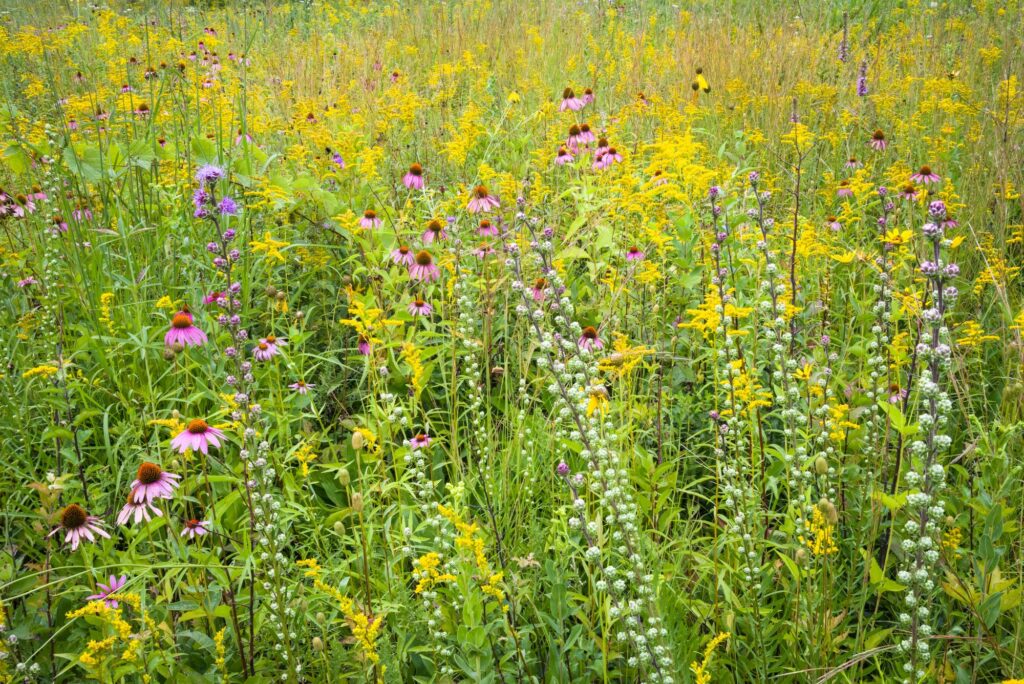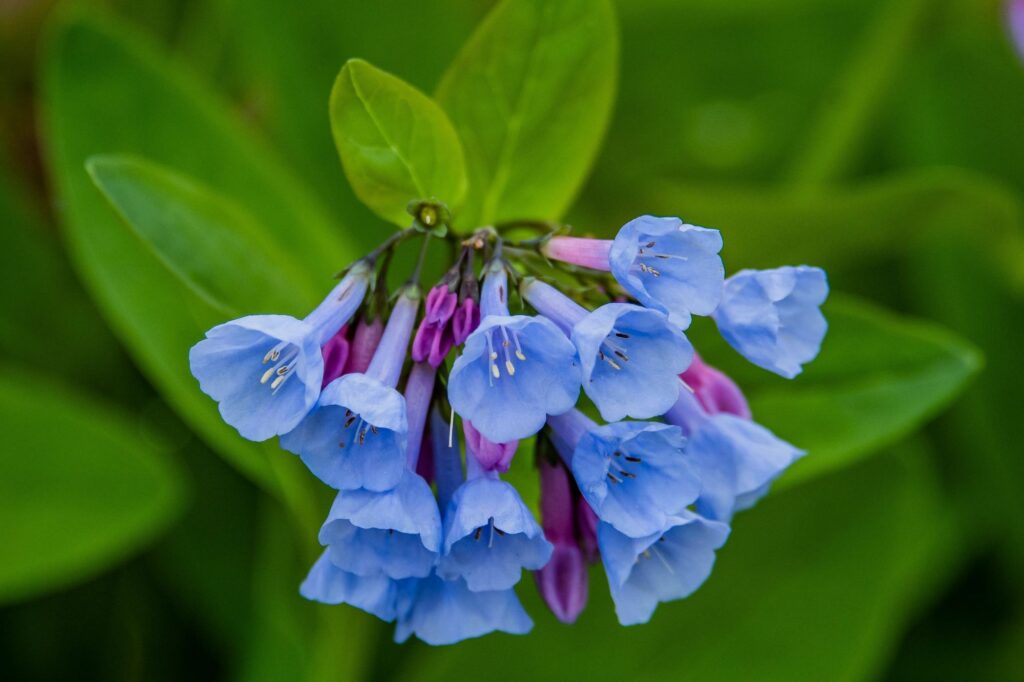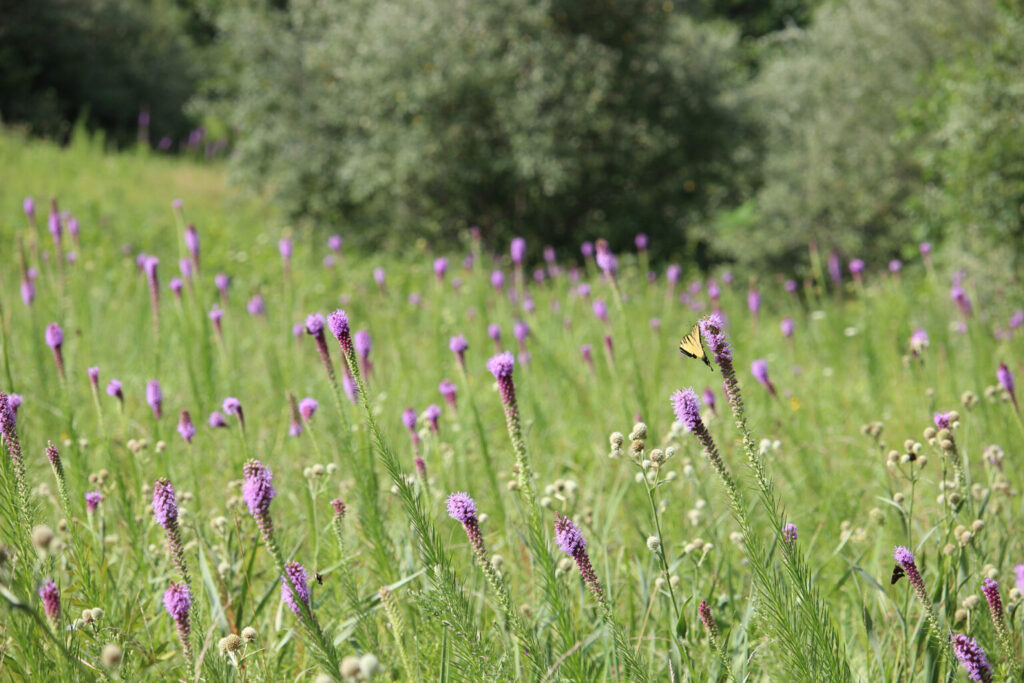
The recognition of native plants and their helpful use in the landscape has existed for centuries. But what exactly are native plants, and why are they so vital?
Native plants are species that have existed in a region for thousands of years, typically long before European settlement. These plants have evolved alongside the local environment, adapting to the specific soils, climate, and ecosystem of the area. Native plants minimize water and fertilizer input after establishment, build habitats, support dynamic relationships with animals, provide erosion control and ground water recharge, and support a strong sense of place. Their adaptations make them suitable to the region’s temperatures and weather.
At Powell Gardens, Kansas City’s botanical garden, we recognize the importance of incorporating native plants into our landscapes, not just for their ecological benefits but also for the beauty and the connection to the #MidwestSpiritOfPlace they bring. In this post, explore why choosing native plants can be a game-changer for your garden and some of the native plant communities you can discover at Powell Gardens.

Why Choose Native Plants?
- Low Maintenance: Once established, native plants require minimal water and fertilizer, thanks to their natural adaptations to the local environment. This not only saves resources but also reduces the need for chemical inputs.
- Habitat Creation: Native plants are critical to the local ecosystem, providing food and shelter for a variety of wildlife, including birds, butterflies, and bees. By planting native species, you’re helping to support these vital populations.
- Erosion Control & Water Management: The deep root systems of many native plants help prevent soil erosion and improve groundwater recharge, making them a sustainable choice for areas prone to runoff or drought.
- Aesthetic and Cultural Value: Native plants contribute to our region’s unique landscape and cultural heritage. By incorporating them into your garden, you’re preserving a piece of local history and enhancing the natural beauty of your surroundings.

Missouri’s Natural Communities
Missouri’s native flora originates from nine types of natural communities, each supporting a specific range of plant and animal species. The nine natural communities in Missouri are: caves, cliffs, forests, glades, prairies, savannas, streambeds, wetlands, and woodlands. At Powell Gardens, you’ll find a rich representation of six of these communities, showcasing the diversity and beauty of native plants.
Forest
- Characteristics: Dense, closed canopy ecosystem with a midstory canopy and shrub layer.
- Plants to Look For: pawpaw, mayapple, wild ginger
Glades
- Characteristics: Grassland ecosystem characterized by shallow soils and rocky outcroppings.
- Plants to Look For: eastern prickly pear, rough blazing star, purple beardtongue
Prairies
- Characteristics: Full-sun communities with less than 10% canopy cover, mostly comprised of grasses and forbs.
- Plants to Look For: wild bergamot, wild indigo, prairie phlox
Savannas
- Characteristics: Grassland with less than 30% canopy cover.
- Plants to Look For: purple coneflower, purple milkweed, lead plant
Wetlands
- Characteristics: Areas where the water table is at or near the surface, covering the land with shallow water.
- Plants to Look For: American lotus, cattails
Woodlands
- Characteristics: Ecosystems with 30-100% open canopy cover, supporting forbs and grasses in the understory.
- Plants to Look For: celandine poppy, Virginia bluebells, woodland pinkroot

Best Practices for Incorporating Native Plants
While native plants are generally low maintenance, they can spread quickly due to their adaptability. Utilize best garden practices! Native plants can be sculpted, edited, and cut back for a shorter bloom height to mirror the style of any garden. To ensure your garden remains well-organized and aesthetically pleasing, consider the following tips:
- Pruning and Sculpting: Regularly trim back native plants to control their size and shape, ensuring they fit your garden’s design.
- Selective Editing: Remove or relocate plants that are overcrowding other species, maintaining a balanced and diverse landscape.
- Seasonal Maintenance: Cut back plants at the end of the growing season to encourage healthy growth in the spring.
By choosing native plants, you’re not only creating a beautiful and sustainable garden but also playing a crucial role in preserving the local ecosystem. Whether you’re drawn to the dense canopy of a forest or the vibrant blooms of a prairie, Powell Gardens offers a living showcase of the incredible diversity and resilience of Missouri’s native plant communities. Visit Powell Gardens to explore these natural wonders and find inspiration for your own garden!
Related Posts

